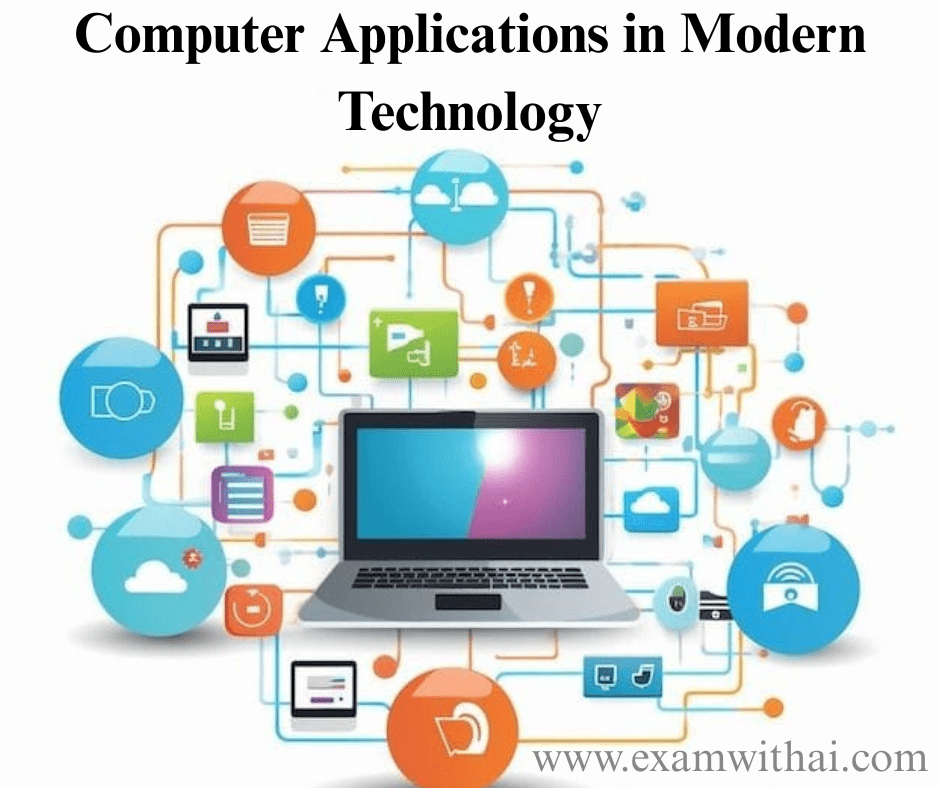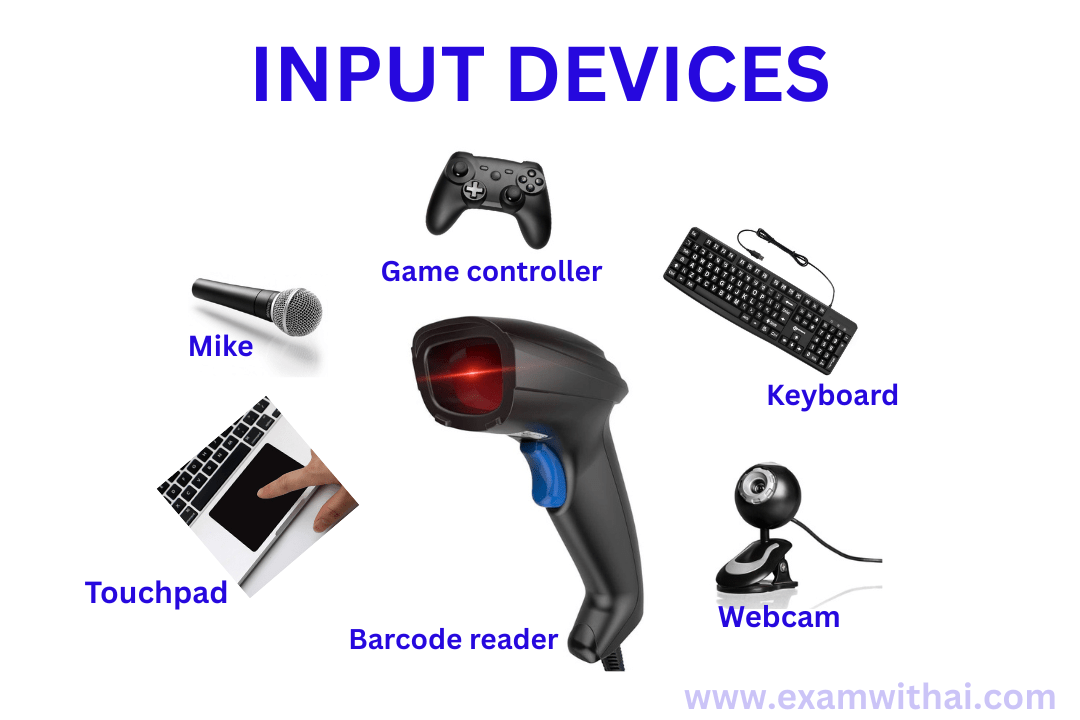History of Computer: Old to Modern Tech
- Early Beginning (Pre-1600s)
- The Age of Mechanical Calculators (1600s – 1800s)
- The Birth of Modern Computers (1900s – 1940s)
- The Vacuum Tube Era (1940s – 1950s)
- The Transistor Revolution (1950s – 1960s)
- The Microprocessor and Personal Computers (1970s – 1980s)
- The Rise of the Internet and Networking (1990s)
- Modern Developments (2020s and Beyond)
- History of Computer: Key Milestones
Early Beginning (Pre-1600s)
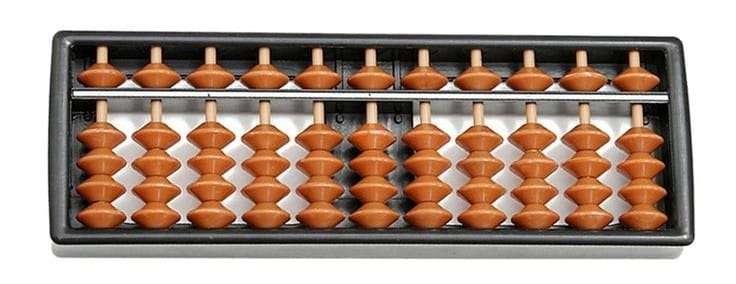
- Abacus (around 3000 BC): one of the earliest instruments for computation.
- Antikythera Mechanism (100 BC): An analog instrument from ancient Greece that was used to forecast eclipses and astronomical locations.
The Age of Mechanical Calculators (1600s – 1800s)
- Blaise Pascal (1642): created one of the earliest mechanical calculators with addition and subtraction capabilities, the Pascaline.
- Gottfried Wilhelm Leibniz (1672): created the multiplication and division tool known as the Step Reckoner.
- Charles Babbage (1837): created the Analytical Engine, which is regarded as the original general-purpose computer idea. Any mathematical computation may be completed by this computer.
The Birth of Modern Computers (1900s – 1940s)
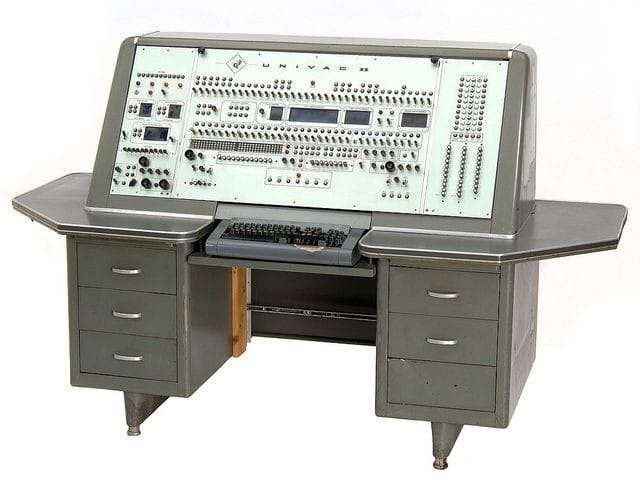
- Alan Turing (1936): established the groundwork for computer science by putting out the Turing Machine idea.
- Konrad Zuse (1936-1941): Built the Z3, the world’s first programmable digital computer.
- John Atanasoff and Clifford Berry (1937-1942): created the first electrical digital computer, the Atanasoff-Berry Computer (ABC).
- ENIAC (1945): The first general-purpose programmable electronic computer was the Electronic Numerical Integrator and Computer, created by John Presper Eckert and John W. Mauchly.
The Vacuum Tube Era (1940s – 1950s)
- Vacuum Tubes: Engineers and scientists employed vacuum tubes in early computers for both processing and memory storage. These were big, energy-hungry, and prone to overheating equipment.
- UNIVAC I (1951): The Eckert–Mauchly Computer Corporation developed and produced the first commercially manufactured computer in the United States.
The Transistor Revolution (1950s – 1960s)
- Transistor (1947): made computers quicker, smaller, and more dependable by replacing vacuum tubes.
- IBM 1401 (1959): extensively utilized commercial computer that contributed to the spread of computer use in government and business.
- Mainframe Computers: Massive organizations and research institutes frequently utilize powerful devices that can process massive amounts of data.
The Microprocessor and Personal Computers (1970s – 1980s)
- Intel 4004 Microprocessor (1971): Intel Corporation developed and sold the first microprocessor commercially, signaling the beginning of a revolution in personal computers.
- Apple I (1976): Steve Wozniak designed the first fully assembled personal computer.
- IBM PC (1981): By introducing the first personal computer with standardized hardware, IBM helped the general people have greater access to computers.
The Rise of the Internet and Networking (1990s)
- Microsoft Windows (1985): When Microsoft debuted Windows 1.0, it quickly rose to prominence as the most popular PC graphical user interface.
- World Wide Web (1991): The World Wide Web, created by Tim Berners-Lee, completely changed how people throughout the world exchanged and accessed information.
- Commercial Internet (1990s): Entrepreneurs, developers, and companies created websites, e-commerce platforms, and online communication tools as the Internet became commercially available.
- Browsers: Among the earliest widely used web browsers that allowed regular people to access the internet were Mosaic and Netscape Navigator.
Modern Developments (2020s and Beyond)
- Quantum Computing: Researchers developing quantum computers might solve issues like cracking sophisticated encryption or modeling complicated molecules that traditional computers cannot currently solve.
- Edge Computing: A distributed computing paradigm that improves speed and efficiency, particularly with Internet of Things devices, by processing data closer to the data source.
- 5G Networks: Telecommunications companies and technology developers are expected to introduce 5G networks, improving the speed and dependability of internet connections and expanding the potential of linked devices and mobile computing.
History of Computer: Key Milestones
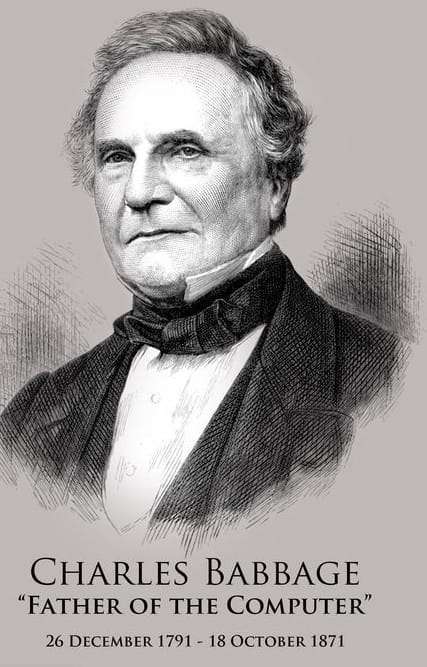
- 1940s: John W. Mauchly and J. Presper Eckert created the ENIAC, the first general-purpose electronic computer
- 1950s and 1960s: Transistors replaced vacuum tubes, resulting in more effective computing.
- 1970s: Intel introduced the microprocessor in the 1970s, paving the way for personal computers.
- 1980s: The 1980s saw the advent of Microsoft Windows and IBM PCs, which contributed to the growth of personal computing.
- 1990s: Browsers like Netscape gain popularity, and the Internet becomes an important aspect of everyday life.
- 2000s: Cloud computing gains momentum, and the smartphone age starts.
- 2010s–Present: 5G technologies, quantum computing, and artificial intelligence are transforming the computer industry.


